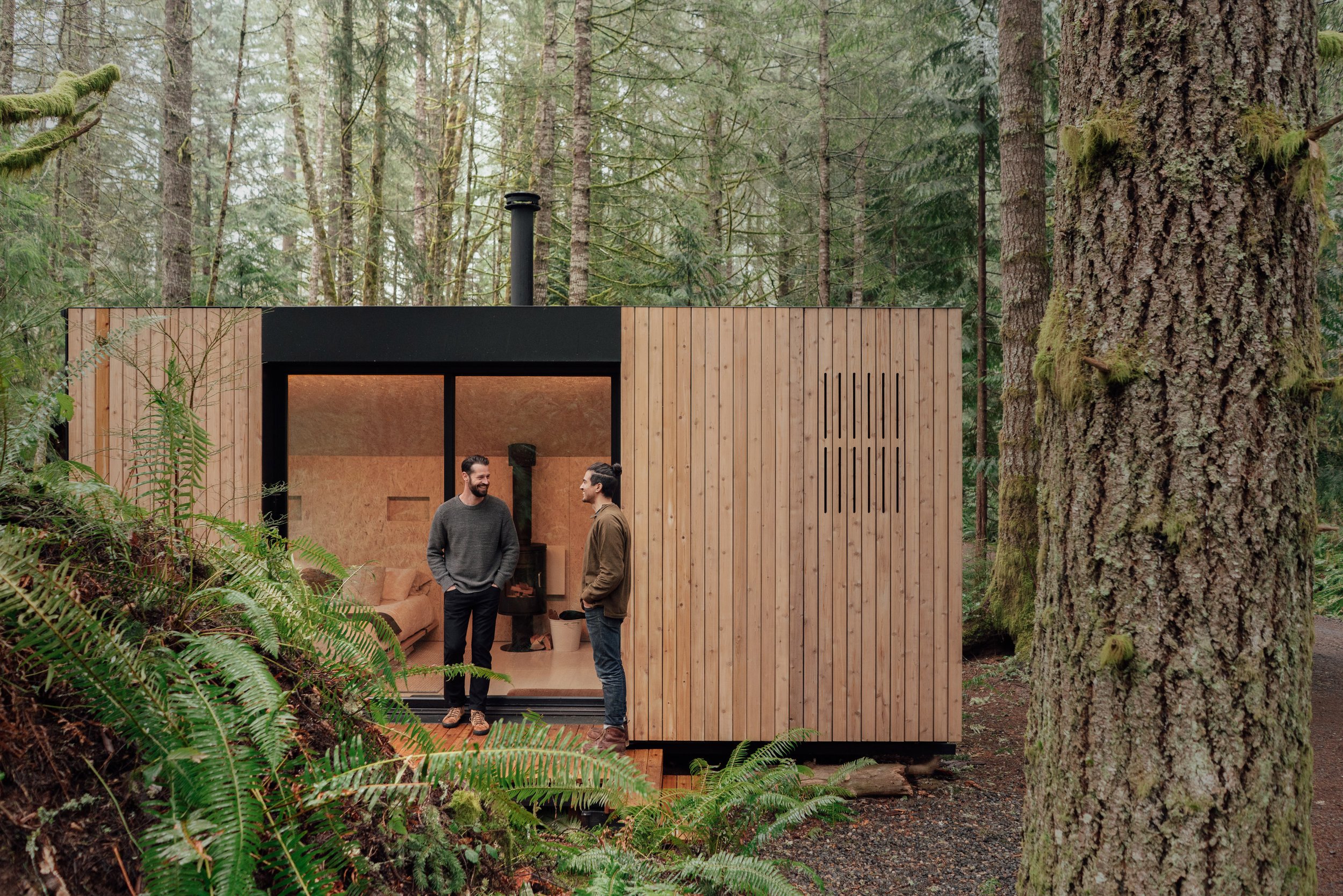Navigating the Triple Bottom Line: A Blueprint for Sustainable Business Success
In today's era of heightened awareness about sustainability, businesses are increasingly recognizing the importance of measuring success beyond financial profit alone. This paradigm shift is encapsulated in the concept of the triple bottom line (TBL), which emphasizes the simultaneous pursuit of economic prosperity, environmental quality, and social equity. Let's delve deeper into this framework to understand how it can serve as a blueprint for sustainable business practices.
The Three Dimensions of the Triple Bottom Line:
1. Social Equity
At the core of the triple bottom line is a focus on people. This dimension emphasizes the importance of social equity and well-being. Businesses are now evaluated not only on their financial success but also on their impact on employees, customers, and the broader community. In construction this includes considerations such as choosing materials and construction techniques that are safe for workers and promote health and wellbeing for building occupants.
2. Economic Prosperity
Businesses must consider how their actions impact not only their profit, but the prosperity of every person and group using their products and services. In construction, this means choosing high performance building techniques that decrease long term operating costs and future maintenance, as well as designing for maximum flexibility, keeping in mind potential changes in use or location of a space.
3. Planet
The planet dimension of the triple bottom line underscores the importance of environmental sustainability. This entails sourcing materials and equipment, and choosing techniques that reduce carbon emissions, minimizing waste, conserve natural resources, and promote environmental stewardship.
Integrating the Triple Bottom Line into Business Practices:
Embracing the triple bottom line requires a holistic approach that considers the interconnectedness of economic, social, and environmental factors. Every decision made by a business can be filtered through all three criteria.
For instance, a building designer can choose a high performance skylight that will minimize lighting demands for a space. This one decision decreases operating costs, consumption of fossil fuels, and increases health and wellbeing of building occupants (see our section on daylighting principles in our article on biophilic design principles).
By aligning their strategies with the principles of the triple bottom line, businesses can unlock a myriad of benefits. Not only can they improve their financial performance, but they can also make a positive impact on society and the environment. Ultimately, the triple bottom line serves as a guiding framework for businesses to balance profit with social responsibility and environmental stewardship, thereby paving the way for a more sustainable future.

